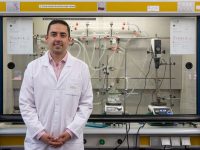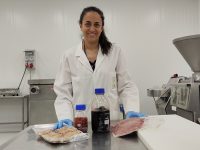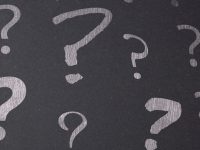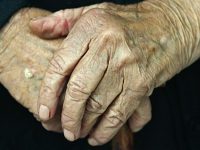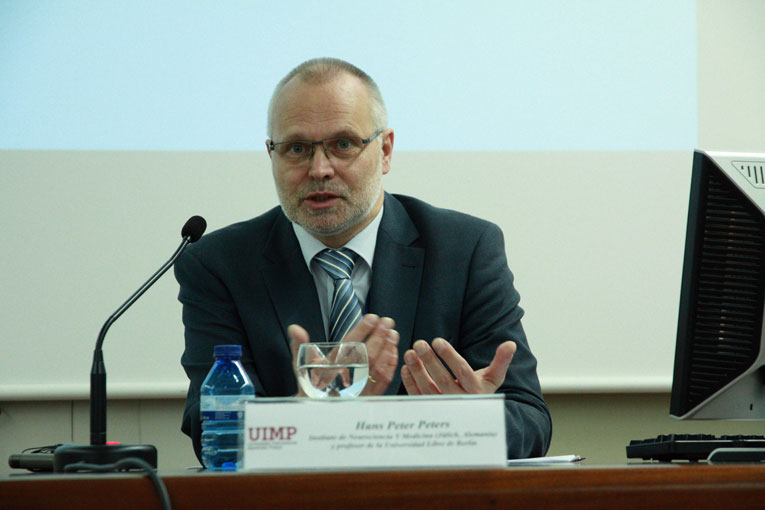
 Lucía Sapiña Lucía SapiñaHans Peter Peters, expert on scientific communication, during his conference. |
||
|
Despite being traditionally defined as «the two cultures», a term coined by British chemist and novelist Charles Percy Snow in 1952, journalism and science are not as separated as they are commonly regarded. The seminar «Science and the Press: Challenges and Trends in Popular Science Communication on the Written Press» was organized by UIMP Valencia and Mètode around this idea, trying to build bridges between these two fields. As Director of UIMP centre in Valencia Agustín Domingo stated from the opening table, «citizens need science to be at their service», but the main problem is that scientists and the public are located in worlds that seem light-years away: the one of episteme or knowledge and the one of doxa or opinion, respectively. Fortunately, as Pedro Carrasco, Vice-rector of Research of the University of Valencia, added, scientists are more and more conscious of the importance of communicating their work «especially in times when it is more important than ever to defend the role of science in society». This fact outlines the media as necessary intermediaries in this interaction to bring both perceptions of reality closer, due to the fact that «journalistic tradition is closer to society than science because it needs to be situated very close to its audience», as German scientist Hans Peter Peters pointed out. |
|
|
|
|
«Scientists and the public are located in different worlds: knowledge against opinion» |
|
|
Irreconcilable Stances? But how is the relationship between journalists and scientists? Are they really incompatible cultures? This was precisely the issue professor Peters, a researcher with a long career in scientific communication who took part in the seminar, tackled. The expert is member of the Jülich Neuroscience and Medicine Centre and Professor at the Free University of Berlin, and the advantage of having him as guest professor is that he «has a really global vision because he conducted surveys in different countries», according to Martí Domínguez, director of the seminar and of Mètode journal. In his master lecture «The Two Cultures», Peters offered a very optimistic view of scientific communication and the reason for its existence, and knocked down the myth that journalism is exclusively linked to humanism. From his point of view, «a scientific journalist is like a foreign country correspondent: reports from a territory that is unknown to us». And it is necessary to have them present because «writing a scientific story which is not only informative, but also correct and attractive for the audience is not an easy task. Only a few people managed to do it with a strong impact on the audience», he claimed. |
||
 Lucía Sapiña Lucía SapiñaHans Peter Peters during his visit to the Botanical Garden of the University of Valencia. |
«Writing a scientific story which is not only informative, but also correct and attractive for the audience is not an easy task. Only a few people managed to do it» H. P. Peters |
|
|
Scientists as Source of Information The nature of the professional routines that define journalism and research make them answer to different rules and work with very different timings. That is why it is key to detect the differences between scientific and journalistic culture in order to break the barrier, and that was the objective of Peters’ data from the surveys conducted with professionals of both sectors during his research. Because, in his words, «the scientist wants to educate the audience, while the goal of the journalist is to inform». Therefore, the scientists eagerness to «control media coverage» collides with the way a communication professional works, the German researcher explained. Besides, the «impersonal look of science» cannot be forgotten, as it counters the journalistic aspiration to tell personal stories. But the concept of immediacy present in the routines of the press must also be taken into account, while scientists seem «very cautious when giving information to the media, and completely reluctant if the research has not yet been published», Peters pointed out. |
«Almost 50% of surveyed researchers think that appearing in the media favourably impacts them professionally» |
|
|
|
«We need a double coverage to communicate science: emphasize research methodology and analyse the effects and their connection to society» H. P. Peters |
|
|
But in spite of all that, the social researcher considers there are meeting points between science and the press, like a commitment to truthfulness and the need to communicate science in an attractive way for the audience. On the other hand, he also showed how almost 50% of surveyed researchers think that appearing in the media favourably impacts their reputation. That is, media visibility is perceived as a means for professional benefit. But maybe the most important lesson for attendees to extract from Hans Peter Peters master class is the need to distinguish between a double media coverage to communicate science. The scientist insisted: «On the one hand, we need a specialized journalism concerned only with explaining science, leaving its effects aside, insisting in the methodology of the research. But we also need journalists who analyse the connection between science and society, its impact and political implications». Laura Garsando. Journalism Graduate at the University of Valencia. |
||

 Lucía Sapiña
Lucía Sapiña
 Lucía Sapiña
Lucía Sapiña